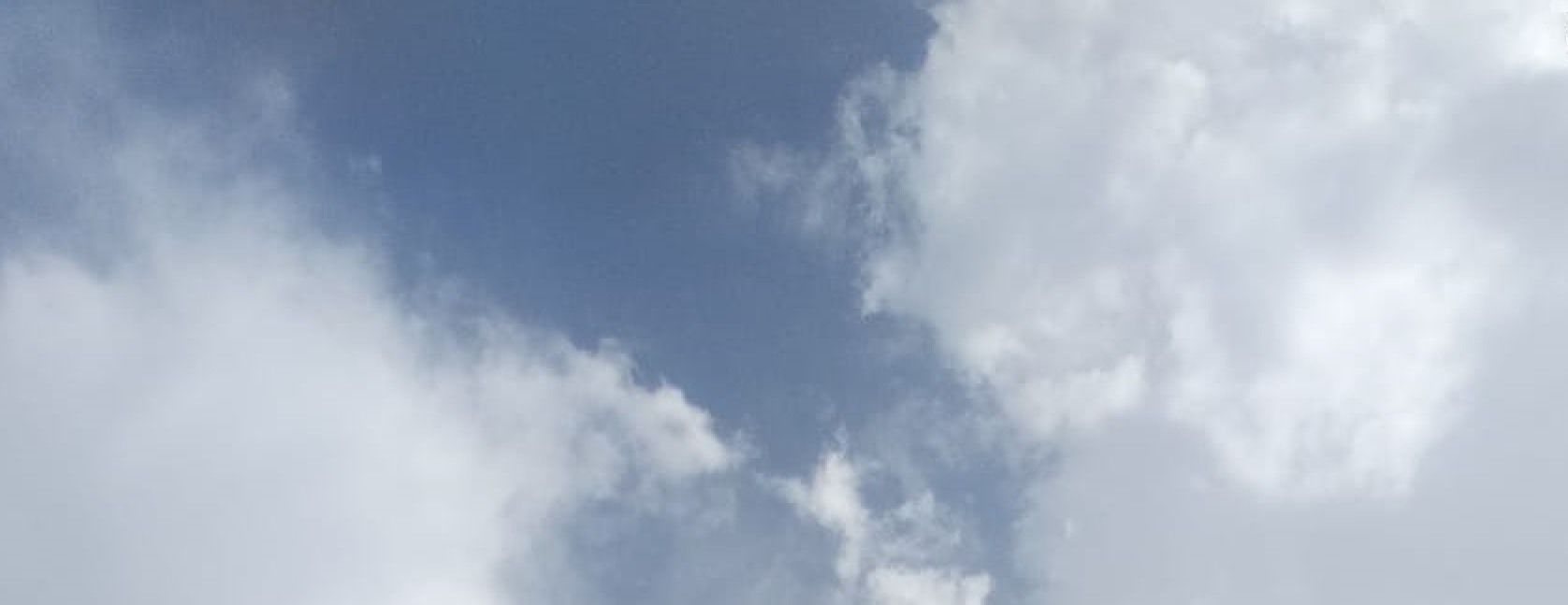
阿波踊り 祭り 旅行, 日本
Awa Odori (Tokushima) Festival Tour, Japan
Festival History:- Japan is one of the very spiritual nation and has lots of shrine all over. With that it makes us understand that every shrine has its own festival and time to celebrate it. One of the Gion Matsuri, is the festival of Yasaka Shrine and is one of the very spectacular festival with a procession that features over fewer and smaller floats which are decorated and people go in the form of procession with the floats. The enjoyable proceedings with the festive evenings precede over the procession with July 24 after a hiatus of 48 years was the date when the second float was introduced into it.
Festival celebration:- It is impressive with the enormity of the Hoko which are up to 25 meters tall and weigh upto 12 tons which are pulled on wheels as big as people. With the weather being the perfect in July large number of people join and the festival is the grand procession of floats as stated earlier.
The Festival food:- It is unique and increases the sweetness of the festival is enjoyed by both locals and foreigners dress in yukata a formal Japanese attire used in summer along with delicious Japanese dishes and snacks sold from stalls.
1.Yakitori: It is one of the Japan’s most classic dish which helps to give that sumptuous feeling with salt or sauce and thus spice-it-up with ichimi tagarashi (hot pepper) and shichmi togarishi ( flavored hot pepper).
2.Taiyaki: Japanese Dessert has its origins in the XX century and to prepare it just a fish shaped mold. The great thing about Taiyaki is the filling comes in all kinds and flavors. The most common stuffing in Japan is the red bean paste and although it’s a must-eat dessert which is very inviting because of its delightful taste.
3.Okonomiyaki: The Okonomiyaki is one of the Japan’s festival main food dishes. Its made to fit your palette and seafood along with chicken or pork meat and its dish like shape has earned the name of Japanese pizza.
Yamahoko Junko and the greatness of the festival lies in the fact that it is also registered as an intangible cultural heritage of humanity by UNESCO, which is the United Nations Education and Social Council. The location is Karasumae area and the events although spread throughout the entire month of July.